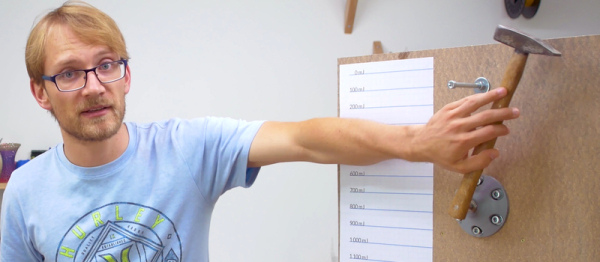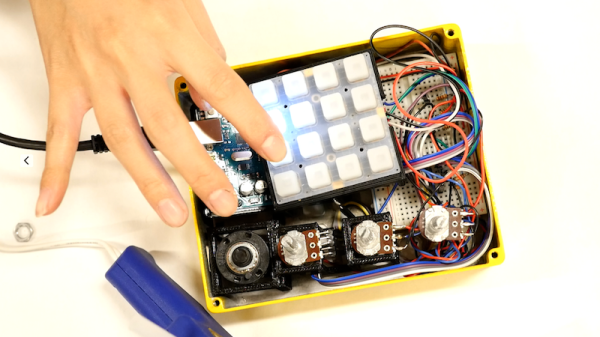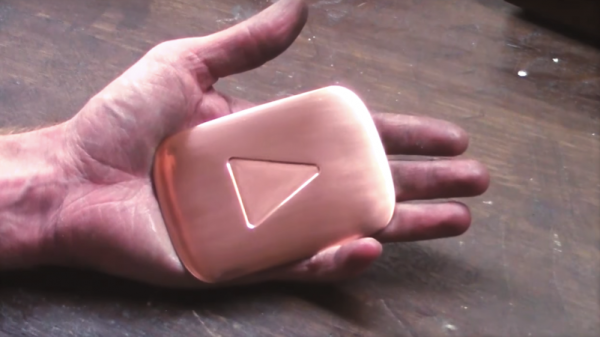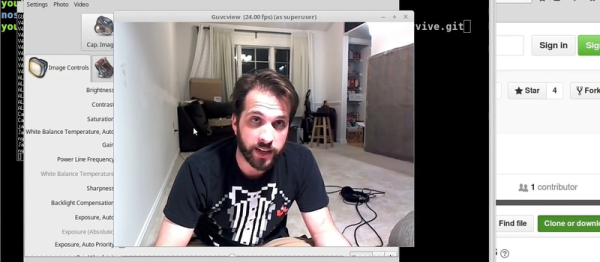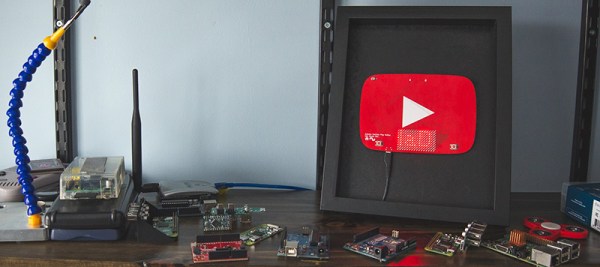What do you do to someone you want to make suffer, slowly? Specifically, at around 70% speed. To [Stephen], the answer is clear, you hit them where it really hurts: YouTube.
Creatively named “Chrome Engine,” [Stephen]’s diabolical Chrome extension has one purpose: be annoying. Every day, it lowers playback rate by 1% on YouTube. It’s a linear progression: 100% the first day, 99% the second day, 98% the third day, etc. It only stops 30 days later, once it hits its target rate of 70% the original speed. This progression is designed to be slow enough not to be noticed. Its icon is nothing more than the standard Chrome icon as [Stephen] firmly believes in the tactic of hiding in plain sight.
But that’s not all, it’s the minute details that drive the ball home. For instance, rather than using local storage to keep track of playback speed, the Chrome sync storage is used. This ensures that, as long as the extension is installed, playback rate will be synchronized between all of your friend’s(if you can even call them that) devices. It even targets casual YouTube users: [Stephen] has specifically designed their extension so that it won’t drop playback by more than 1% at a time. If the victim goes on vacation, the playback speed won’t drop when they’re away and will resume as soon as they’re back.
The last feature, the one [Stephen] is the proudest of, is that the extension manages to keep the YouTube speed controls working as intended. If the victim tries to play at half speed, their videos will be at half speed … of the slower playback rate set by the extension. And it gets even better! You may not know this if you don’t dally around with playback rates, but the audio tends to stop playing when videos are reduced below 50% of their original speed. Fear not! [Stephen] has accounted for this idiosyncrasy! If the victim selects a speed at or above 0.5x, a minimum cap is added so that the actual playback rate will be equal to or above 0.5x. If they select slower than this, they don’t expect sound anyway, so all bets are off.
Check it out here, may your friends (frenemies?) beware. We’re adding it to our April Fools arsenal, even if it is a bit early.

